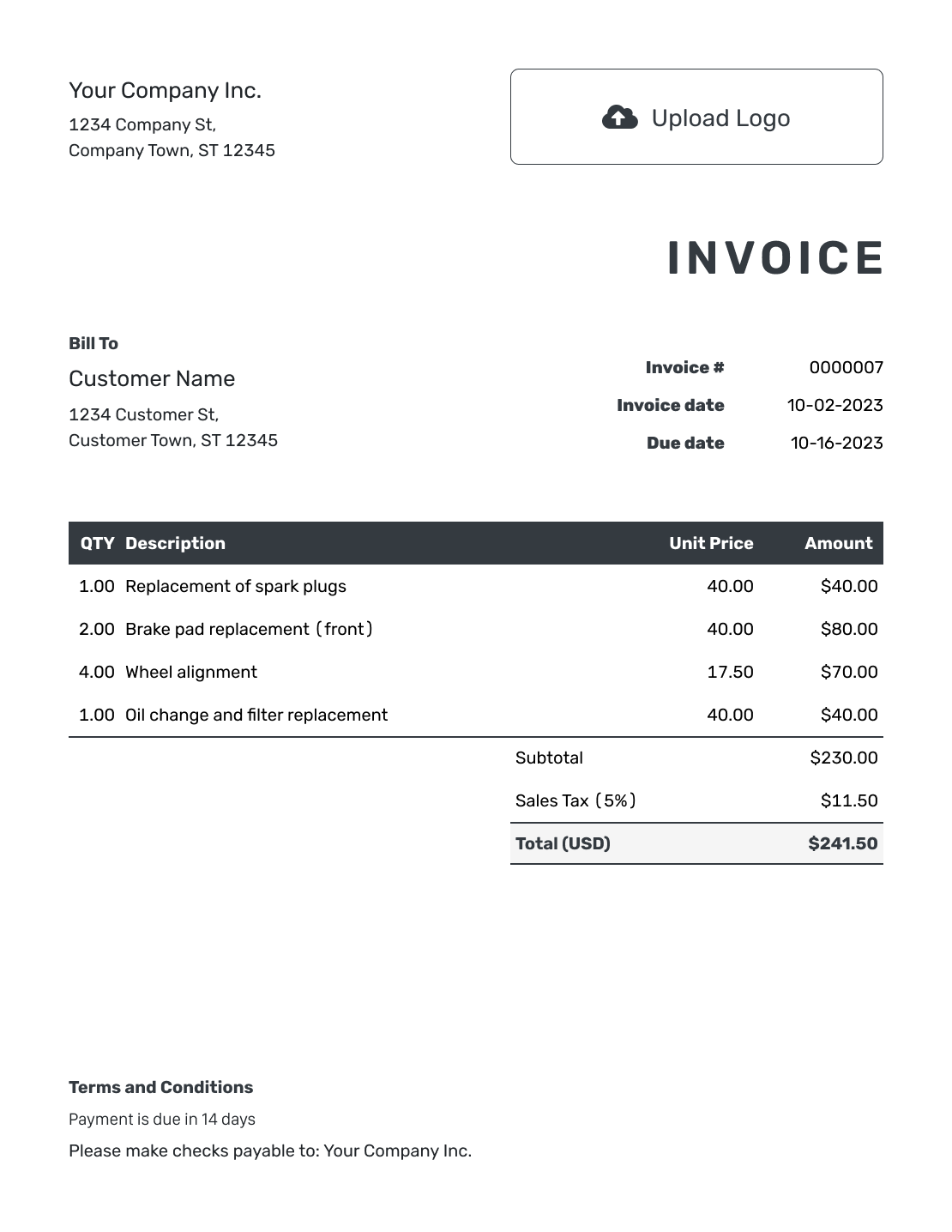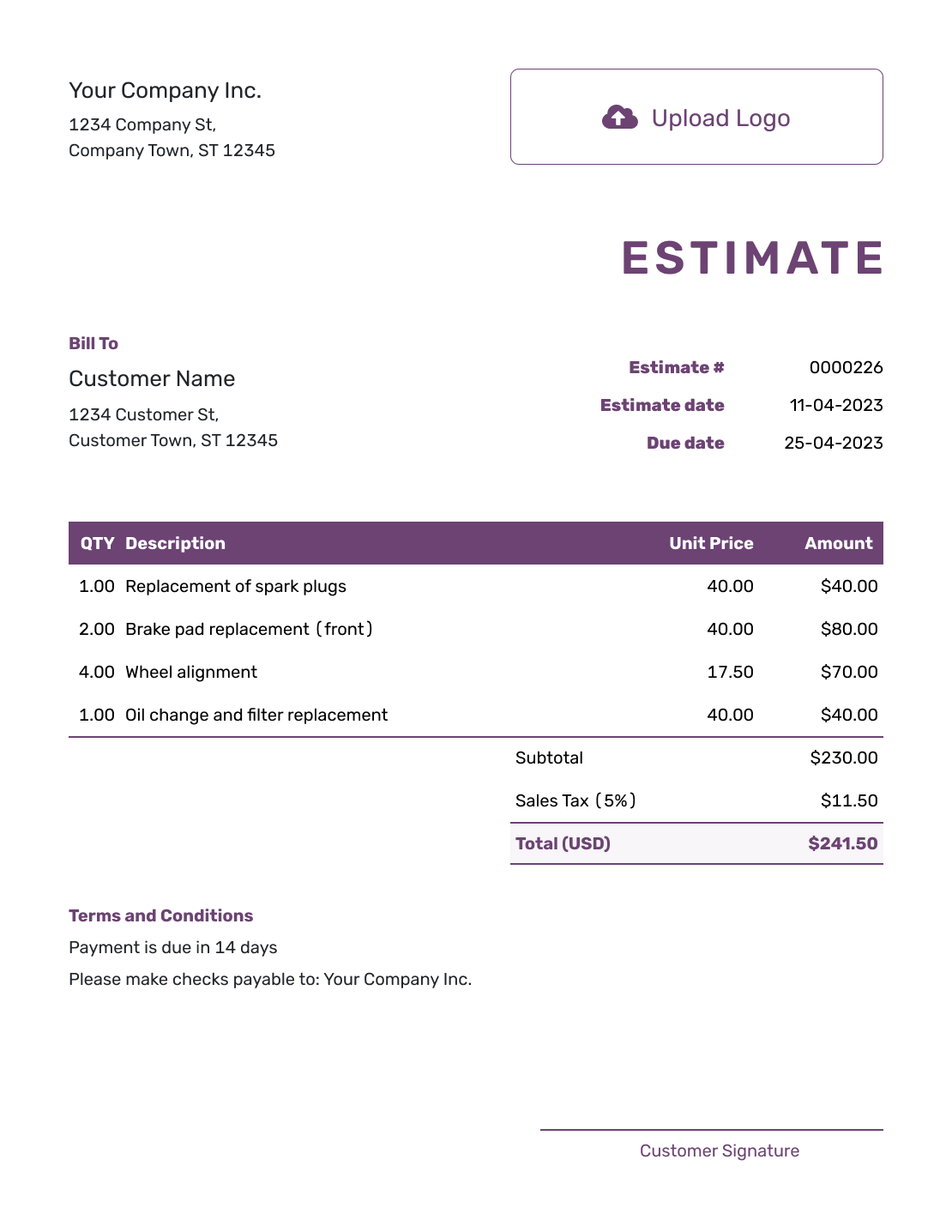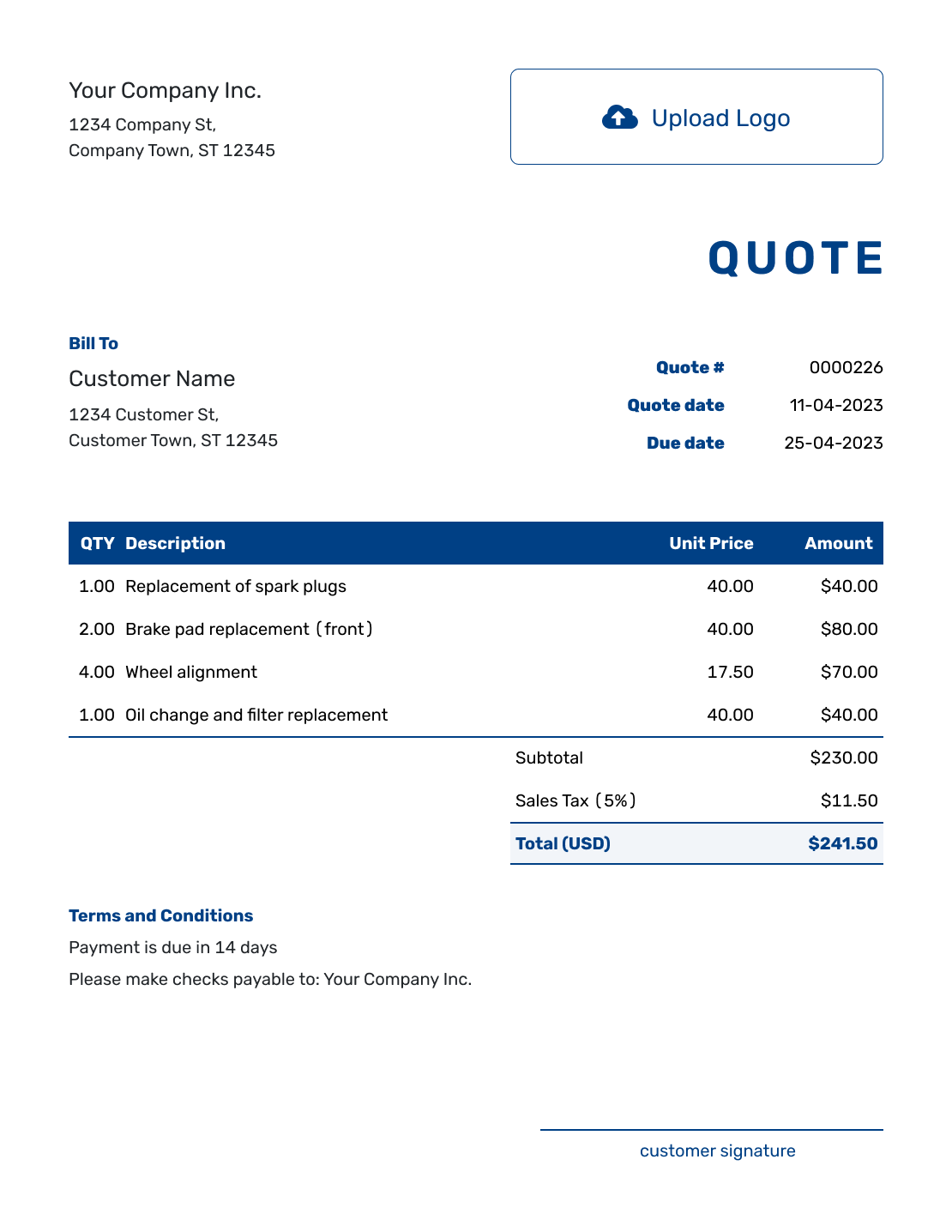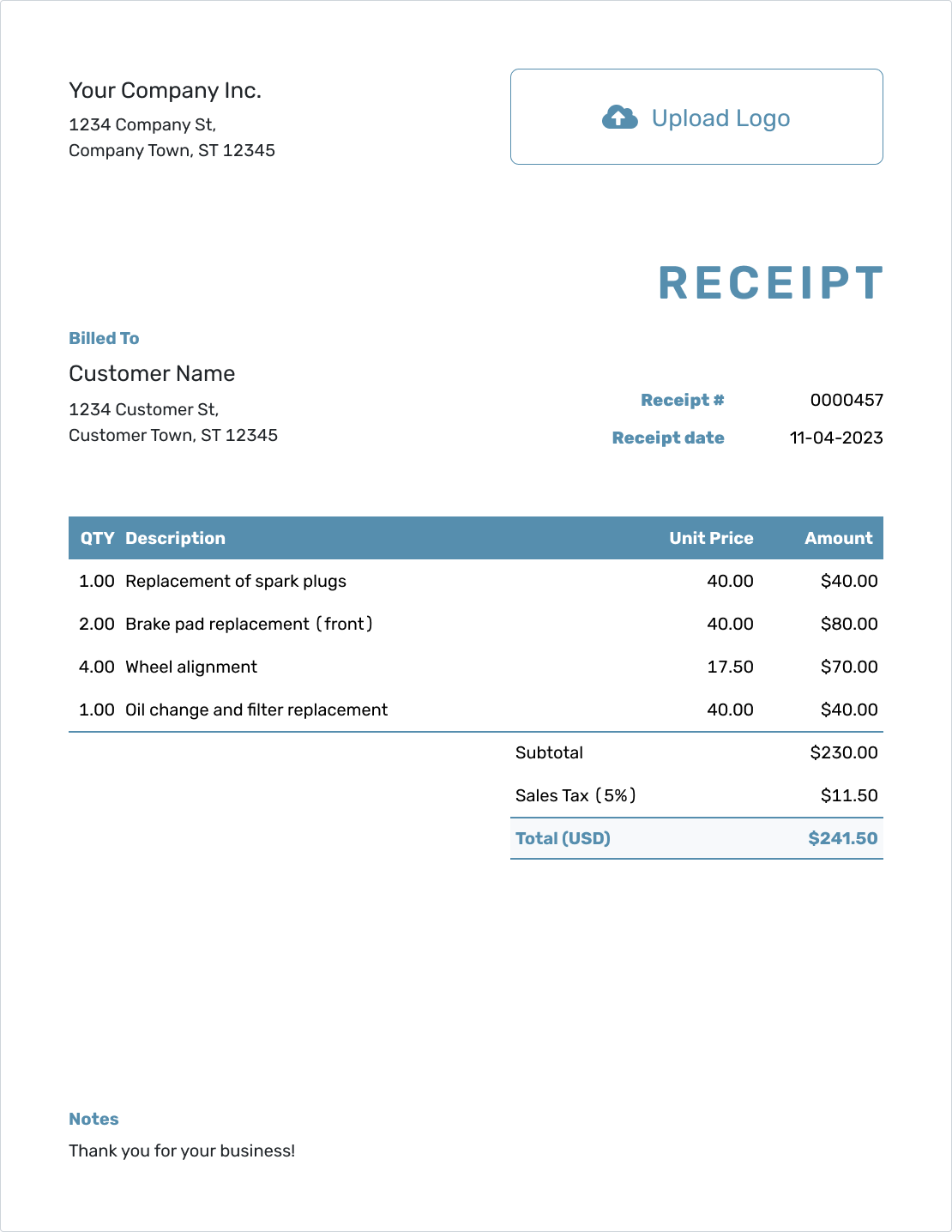Understanding
Direct Costs vs. Indirect Costs
Est. reading time: 6 min

When managing a business, it’s important to understand the different types of costs involved. Two common types of costs are direct costs and indirect costs. Put simply, direct costs are those that can be traced directly to a specific product or service, while indirect costs are those expenses that support the business overall but cannot be traced to any one item. Let’s dive in to understand these terms better.
What Are Direct Costs?
Direct costs are costs that can be easily and clearly connected to a specific product, project, or service. These costs are often referred to as the “costs of doing business” because they are directly tied to producing or providing something.
Examples of direct costs include:
- Materials: If you are manufacturing chairs, the wood and screws used are direct costs because they go directly into making the product.
- Labor: If you employ a worker to build those chairs, their wages are a direct cost because their work is directly tied to the product.
Direct costs are usually variable, meaning they change depending on how much you produce. If you make more chairs, you need more wood, screws, and labor.
What Are Indirect Costs?
Indirect costs, on the other hand, are expenses that are not directly tied to a single product or service. Instead, they help keep the business running as a whole. These costs are sometimes called overhead costs.
Examples of indirect costs include:
- Utilities: The electricity that powers your workshop is an indirect cost. It helps make chairs, but it also supports other parts of the business.
- Rent: The rent you pay for your building is an indirect cost because it’s needed for the business but isn’t tied to a specific product.
- Office Supplies: Items like paper, pens, and cleaning supplies are indirect costs that contribute to the overall functioning of your business.
Unlike direct costs, indirect costs are often fixed, meaning they don’t change based on how much you produce. Whether you make one chair or one hundred, you still pay the same rent.
Key Differences Between Direct and Indirect Costs
| Aspect | Direct Costs | Indirect Costs |
|---|---|---|
| Definition | Costs directly tied to a product or service. | Costs that support overall business operations. |
| Examples | Materials, direct labor. | Utilities, rent, office supplies. |
| Nature | Usually variable. | Often fixed. |
| Allocation | Directly allocated to a product. | Spread across multiple products or services. |
Why Understanding Costs Matters
Understanding the difference between direct and indirect costs is crucial for pricing your products correctly and managing your business efficiently. Knowing your direct costs helps you set prices that cover production, while indirect costs ensure you account for everything needed to keep your business running smoothly.
For example: If you only account for direct costs, like materials and labor, you might set a price that doesn’t cover your rent or electricity. This could lead to underestimating your expenses and ultimately losing money. On the other hand, understanding indirect costs helps you ensure that the overall health of your business is maintained.
Properly distinguishing these costs also helps in preparing financial reports and making smart business decisions. You’ll have a clearer picture of where your money is going and can determine how to improve profitability.
The Docelf Advantage
Docelf helps you keep all your invoicing, quotes, and estimates in one organized place. This makes it easy to track your costs effectively and stay on top of your finances. With Docelf, you can:
- Create Invoices: Easily generate professional invoices that help you get paid faster.
- Manage Quotes and Estimates: Prepare clear quotes and estimates to give your customers accurate pricing and set expectations right from the start.
- Stay Organized: Keep everything in one place to help simplify managing both direct and indirect costs.
Ready to make managing your business costs easier? Try Docelf today for free!




